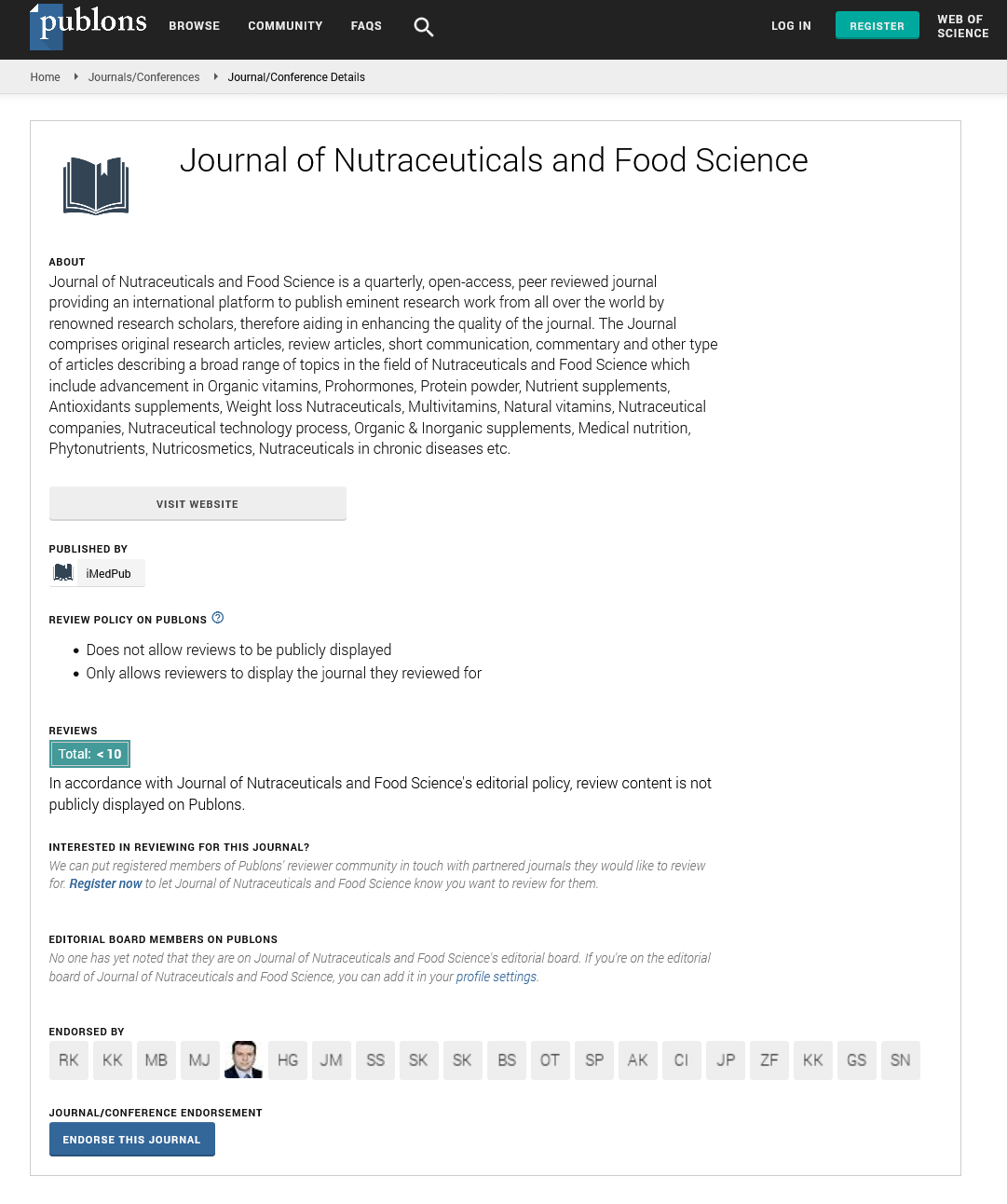Abstract
Aquaculture and Need of Aquaculture Extension
Aquaculture, which accounts for half of India's fish production while employing only 16% of its brackishwater and half of its freshwater culture fishing capacity, is gaining traction as a future fishery development emphasis. This hypothesis is based on the current state of capture fisheries production, which is nearing a halt. In India, information, particularly on the enormous potential of aquaculture for fish production, is not well shared. It is necessary to raise public awareness about the fact that India's nutritional security is significantly dependent on how quickly the country develops aquaculture. Given that the world's population is predicted to reach 1.5 billion in the next 25 years, the amount of nutritious food required to eliminate malnutrition will be enormous. Given the rapid urbanisation of agricultural lands, the only trustworthy supply that will remain at our disposal is the vast untapped potential of aquatic resources, which can be wisely utilised through aquaculture. As a result, public awareness programmes will be implemented to educate the general public/consumers on the one hand, and legislators, administrators, and officials involved in the decision-making process for fisheries1 aquaculture development in India on the other. With the assistance of development agencies, the current enormous communication gap must be crossed and the reality understood, a problem that must be handled urgently. The growth of aquaculture land, variety of culture technologies and cultivable fish species, and a system of information transfer from research and development centres to farming homes are all variables that influence fish output. The primary goal of aquaculture/fisheries extension is to encourage and assist aqua farmers and fishing communities to improve their socioeconomic conditions and quality of life by increasing fish productivity and income through their farming practises.
Author(s):
A. Johnson
Abstract | PDF
Share this

Google scholar citation report
Citations : 393
Journal of Nutraceuticals and Food Science received 393 citations as per google scholar report
Journal of Nutraceuticals and Food Science peer review process verified at publons
Abstracted/Indexed in
- Google Scholar
- Publons
- Secret Search Engine Labs
Open Access Journals
- Aquaculture & Veterinary Science
- Chemistry & Chemical Sciences
- Clinical Sciences
- Engineering
- General Science
- Genetics & Molecular Biology
- Health Care & Nursing
- Immunology & Microbiology
- Materials Science
- Mathematics & Physics
- Medical Sciences
- Neurology & Psychiatry
- Oncology & Cancer Science
- Pharmaceutical Sciences


